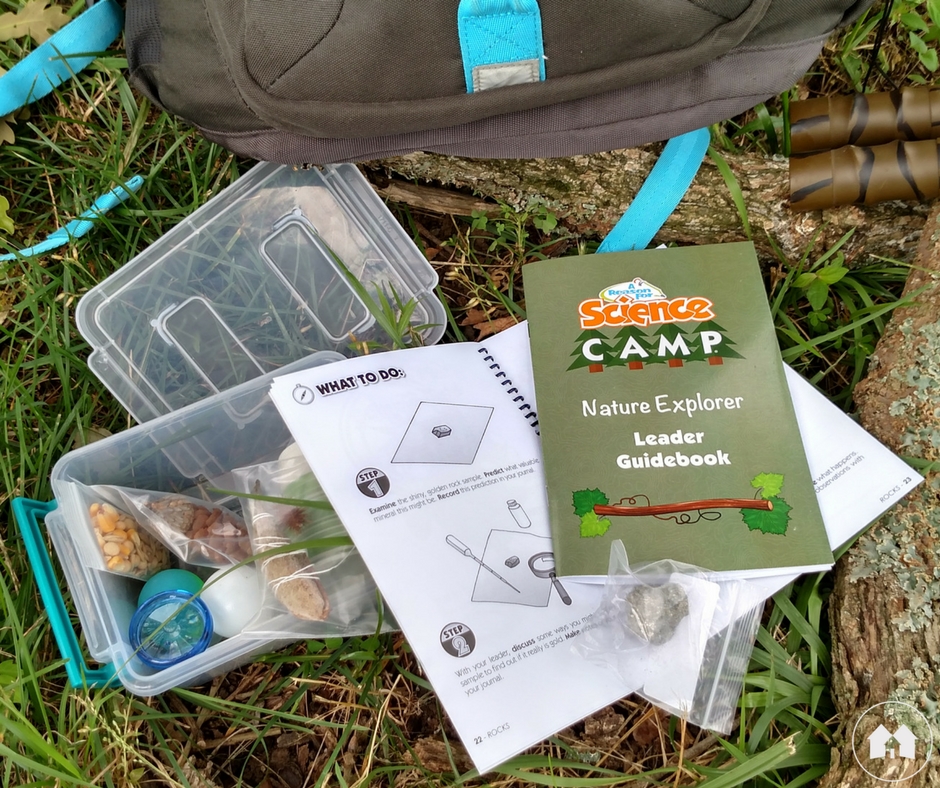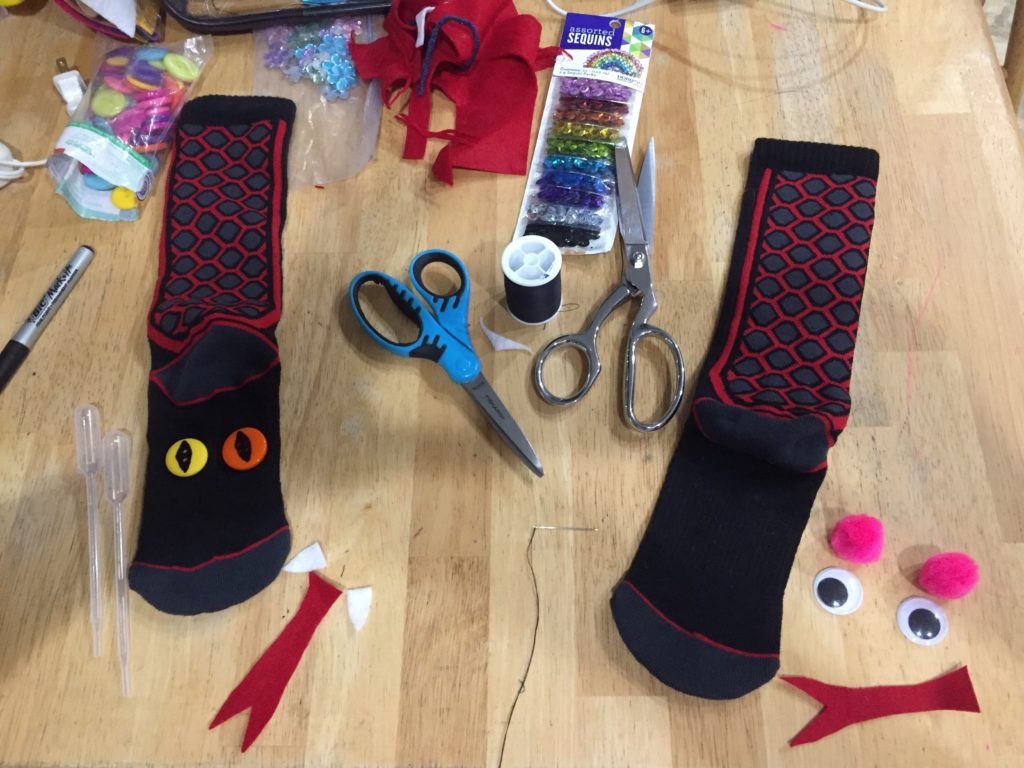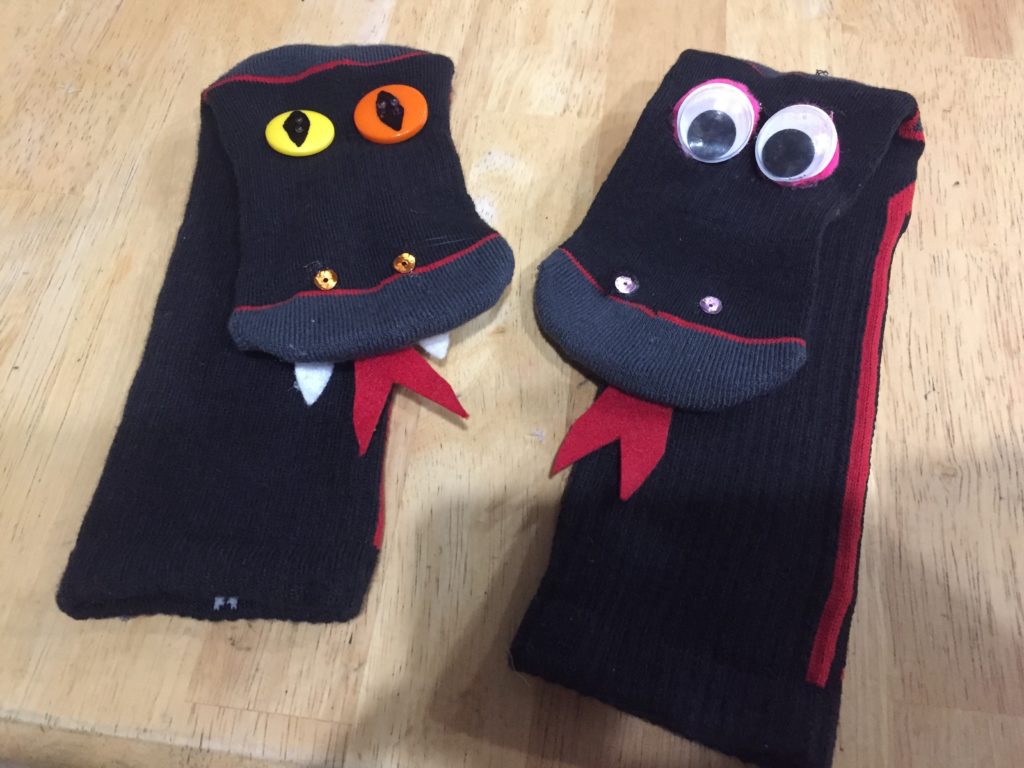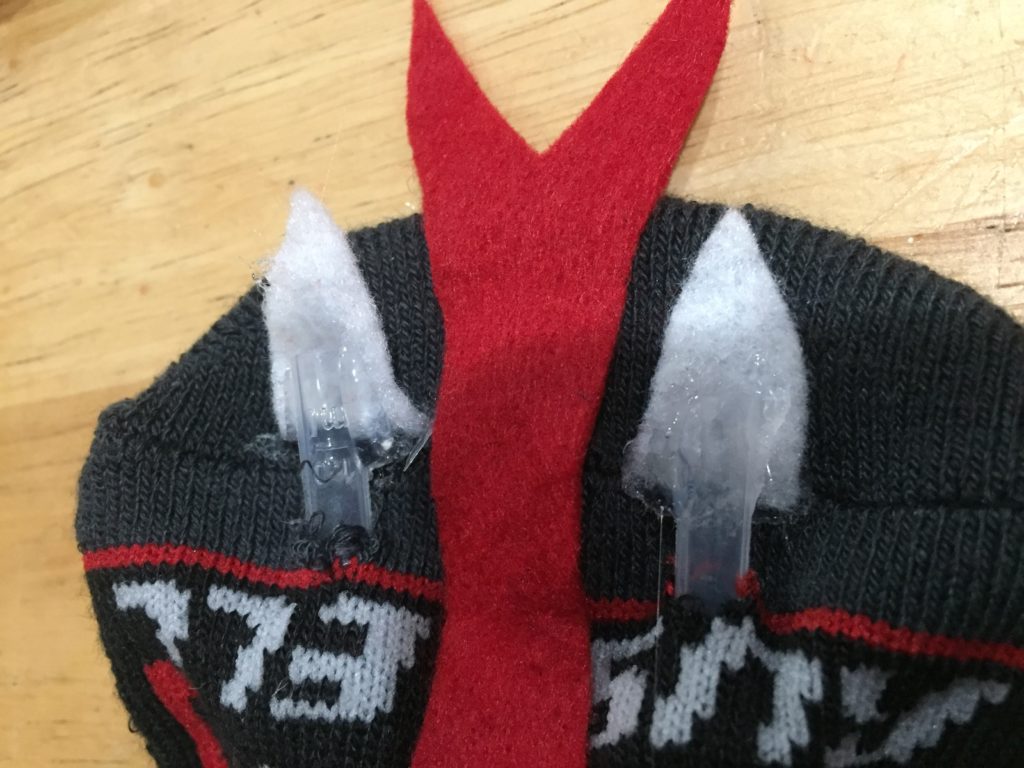Editor’s Note: Be sure you don’t miss the ONE-DAY sale on Science Camp kits … see below!
With summer looming on the horizon, I’m beginning to daydream of those warm lazy days, splashing in cool water, basking in the sunshine (preferably in my hammock), playing, laughing, ice cream—you gotta have ice cream—and just being Mom again … shedding the disciplined teacher mode and ushering in a more relaxed, exploratory environment. Learning never truly stops, but structured lessons drop off a bit.
My hope for this summer? That exploring nature will finally get the attention it really deserves year-round.
With that added outdoors time (and warm weather) come a few extra critters to observe. Some of them, like snakes, aren’t always welcome when we find them in close proximity to our homes. The surprise of that quiet creature in particular, suddenly appearing right smack in front of you, can be startling … even scary. My desire is that by taking the time to study and learn how beneficial snakes truly are, we can find a new appreciation for them. You don’t have to want to hold them, but hopefully you won’t be so quick to grab a garden hoe to destroy them. After all, there aren’t that many that can truly harm you. Furthermore, according to the wildlife code in many states, it is actually against the law to relocate or kill any native snake—including venomous ones—unless they “pose a reasonable threat or endangerment to persons or property” (according to my own state’s Game and Fish Commission).
Although it’s rare to be bitten by a venomous snake in North America, it is possible … and knowing what they look like is a good first step towards keeping you safer. The main venomous snakes here are the infamous rattlesnake (of which there are many different kinds), the cottonmouth (a.k.a., water moccasin), and the copperhead. Rarely encountered—or even seen—is the coral snake.
It’s a good idea to pull up and identify images of the different types of snakes that make their home in your neck of the woods. (I’m compiling a set of Montessori-inspired 3-part cards on snake identification that will be available as a free download … watch for them coming soon!) Simply knowing what you’ve run across when you encounter one will help calm the instant panic some of us might feel upon finding a snake in the yard.
I wouldn’t necessarily recommend you intentionally get close enough to see a snake’s eyes in detail, but if you happen to be there, the pupil of most venomous snakes is elongated like a cat’s, as opposed to a non-venomous snake’s pupil, which is most often round. (The exception among North American species is the coral snake, which has round pupils in spite of being venomous.)
To learn about snakes, we are going to take a peek into the Nature Explorer science camp kit from A Reason For®, and discover what lies in adventure #3 … which teaches us about these greatly misunderstood reptiles. (There’s also a Light Explorer set, with lots of engaging, hands-on activities to help kids understand light waves, reflection, eye structure, and more. Learn more about that kit here.)

This particular lesson focuses on identifying venomous snakes with dangerous bites, vs. non-venomous snakes that are basically harmless. To help with some of the concepts, your child will create a couple of sock puppets to further investigate how a venomous snake’s glands and fangs work.
The teacher guidebook lays out every step of the lesson for you, step-by-step. So, you’re not a herpetologist? No problem! The lesson plan will make you sound like you know your stuff. Often, it tells you exactly what to say with a script that you can simply read aloud to lead the kids through the explanations and discussion.
One of the absolutely best things about this Science Camp kits is that it contains most of the supplies you’ll need for six weeks of experiments. This is the stuff that really brings the lessons to life for kids … and to have it all (except for a few things you’re sure to have around the house) in one place can be a life saver! Or maybe I’m the only mom who’s made a desperate, late-night run to five different stores in search of some obscure-but-essential item we need for a science experiment.
There’s a fun, spiral-bound student journal packed inside the science camp kit (and extras are available for purchase on the A Reason For website), so kids can record what they learn and observe as you move through the six topics in each book.
We started our snake lesson talking about how my younger ones should get their dad or big brother to help them if they find a snake, instead of trying to touch it. Not surprisingly, the majority of snake bites occur on the hand or foot because an individual stepped on or tried to pick up the snake. While I don’t want my children to be afraid of snakes, having respect for them is definitely high on my mama radar. You really can’t blame the snake, right? If a giant was picking me up, I’d probably bite, as well!
We then began to talk about the benefits of snakes. Of course, my 16-year-old loves snakes, and just the “cool factor” of finding one makes them highly beneficial on his list. Yes, they keep the rodent and other small critter population at bay. Even more importantly, though, many varieties—like king, garter, racer, and black rat snakes—actually prey on venomous snakes. If you see one of these good snakes in your yard, you would be wise to let it be; they are your friend.
Next, I briefly explained how venomous snakes have special glands where they produce venom to poison their prey. We talked about how their fangs are hollow tubes, allowing them to inject venom into their victim. The fangs work similarly to the way one might get a shot at the doctor. Once the venom enters the body and gets into the bloodstream, it begins to break down cells and tissues. A serious bite can lead to internal bleeding, paralysis, and eventually death.
Now that you’ve successfully instilled some respect for the snake, it’s time to break out the crafts and build your own! The science kit calls for white tube socks which you could color however you liked with markers. I happened across some socks on clearance, though, with a neat design on the back that reminded me of a snake, so I decided to use them. (Homeschool mom prerogative!)
You will need:
- something for eyes—think buttons, pom poms, or wiggly eyes
- material for a tongue (I used felt)
- a couple of plastic pipettes (included in the kit) to make the hollow fangs

I made one venomous snake with elongated-pupil button eyes, and one non-venomous snake with wiggly-eyed round pupils (I was trying to make that one look a bit more friendly).
For the venomous snake, you are going to take the two small plastic pipettes and trim them down to be your hollow fangs. I used a sharp skewer to poke holes through the sock, right under where I put my fangs. Take your pipette, keeping the bulb end inside your sock, stick the tip out and hot glue to your puppet.  I glued some little white felt triangular fangs on the tip of my snake’s face and then glued the bottom side of the end of the pipette behind it so the “venom” would come from the same place as my cute little fangs.
I glued some little white felt triangular fangs on the tip of my snake’s face and then glued the bottom side of the end of the pipette behind it so the “venom” would come from the same place as my cute little fangs.
Fill your pipettes with water, and let the kids take turns pretending to “bite” their victims to check out how the fangs work.  The venomous snake puppet was an instant hit at our house, as it quickly became the best water gun ever!
The venomous snake puppet was an instant hit at our house, as it quickly became the best water gun ever!
As always, the student journal that comes with the Science Camp kit has space to record and analyze what your kids have learned about snakes and how to identify them. And for each of the six different topics, there’s an object lesson based on the Bible, to help students make the connection between science, God’s Word, and everyday life.
Happy trails to you and yours, I hope you have lots of fun exploring the great outdoors this summer … and maybe even meet some friendly snakes.
TODAY ONLY …
Thursday, May 16th …
A Reason For is offering a popular 2019 convention special
ONLINE!
Visit the A Reason For store to purchase
Summer Camp kits & extra students journals at HALF PRICE!
Science Camps are great for summer STEM learning —
for visits to grandma’s house, cousins camp,
childcare providers, a vacation take-along, play dates,
hanging out with neighbors, and more!
Valid through midnight tonight (May 16, 2019) only!

